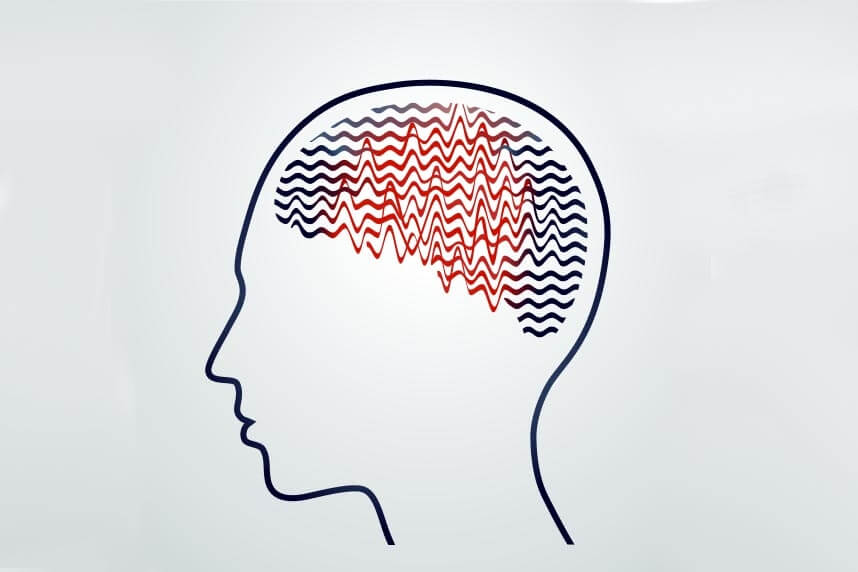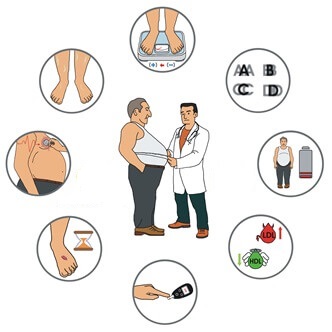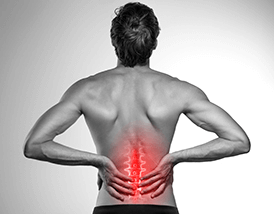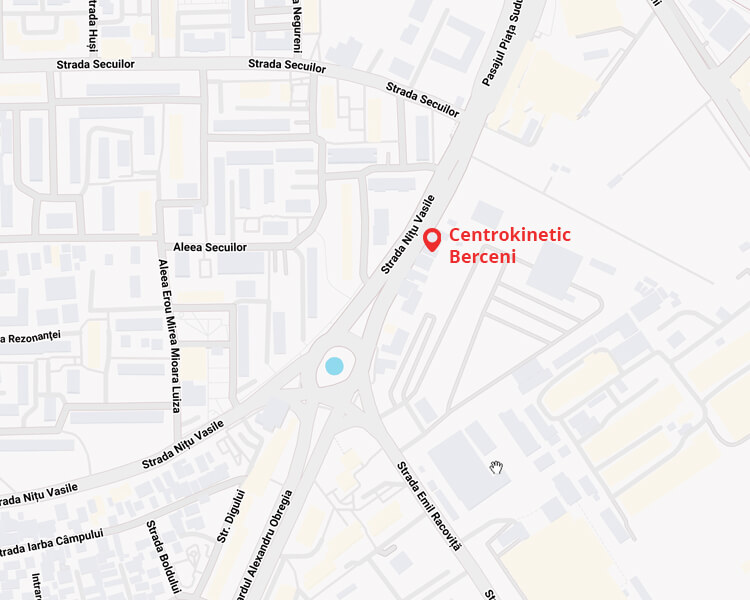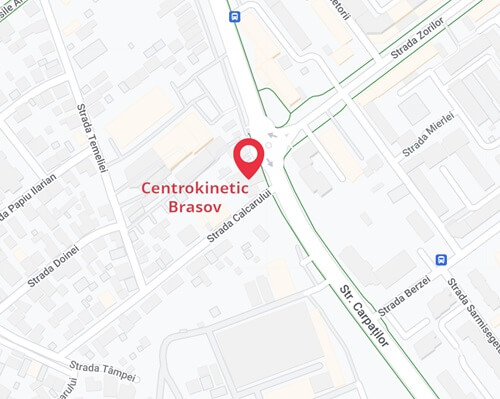1. Directly attenuates the infection by stimulating regions involved in regulating systemic anti-inflammatory responses, autonomic responses, preventing neuroinflammation, and aiding respiratory recovery.
2. Acts as an adjunct treatment to enhance cognitive and physical rehabilitation following critical illness, and to treat acute psychological reactions.
3. Manages persistent post-infectious symptoms such as fatigue and pain.
4. Treats pandemic-related distress, including neurological and psychiatric disorders exacerbated by surrounding psychosocial stressors.
Potential role in acute infections and other conditions
tES approaches aim to have direct effects on brain functions, which may include clearance mechanisms and immune response. From a theoretical perspective, tES may be applicable for preventing acute neuroinflammation or directly addressing the neurological manifestations of COVID-19 infection. In acute infection, COVID-19 typically presents with CNS symptoms such as headache, anosmia, ageusia, and dizziness. The virus may be neurotropic. Neuroinvasion, particularly involving the brainstem, may be directly linked to respiratory failure syndrome. In addition, systemic inflammation following COVID-19 has led to disorders of consciousness, delirium, encephalopathy, psychosis, cerebrovascular events, seizures, Guillain-Barré syndrome, and optic neuritis.
There is also a theoretical potential role for tDCS in the prevention and treatment of thrombosis through modulation of the autonomic nervous system. Patients treated in ICUs have an increased risk of microvascular, venous, or arterial thrombosis associated with higher mortality, demonstrating the importance of coagulation abnormalities in these patients. Anticoagulant treatment of thrombosis with low molecular weight heparin tends to have an improved prognosis in COVID-19 patients meeting sepsis-induced coagulopathy criteria or with significantly elevated D-dimers.
Heparins may be a potential approach in caring for COVID-19 patients, as they combat hypoxia and generalized organ failure with coagulopathies and can reduce cardiovascular arrhythmias and sudden deaths, both associated with COVID-19. Interestingly, increased sympathetic activity is linked to thrombosis development, and sympathetic blockade is also suggested as a potential treatment approach for thrombosis. Therefore, autonomic neuromodulation is used as a complementary therapeutic strategy for thrombosis.
Role in post-acute functional recovery
Neurological consequences often result from severe impairment following COVID-19 infection, for example after intubation. COVID-19 infection can cause severe damage to cranial and peripheral nerves, leading to muscle weakness, muscle injury, facial palsy, sensory ataxia, flaccid diplegia, or tetraplegia. Intubation during the acute phase of the disease may reduce neurological drive from the motor cortex to the diaphragm and hinder normal respiratory recovery. Furthermore, for patients living with neurological disorders, COVID-19 infection and its treatments may also exacerbate pre-existing conditions, such as worsening disease symptoms following acute systemic inflammation. A large and growing number of studies demonstrate the benefits of tES in neurorehabilitation. Additionally, tES applied as an adjunct cognitive or physical rehabilitation technique amplifies results, as widely demonstrated across several neurological conditions, including post-stroke recovery, multiple sclerosis, and Parkinson’s disease.
As a result of acute neurological events related to COVID-19 infection, patients who survived ICU hospitalization also report a high prevalence of cognitive-communication disorders. tDCS has been previously applied in conjunction with speech therapy for speech recovery in aphasia.
Role in managing persistent post-infectious symptoms - pain and fatigue
Over 87% of COVID-19 patients report at least one persistent symptom 60 days after initial recovery, the most common being fatigue, dyspnea, and pain. tES treatments have been established as an approach to reduce fatigue, for example in athletes and in neuroimmune conditions such as multiple sclerosis and post-polio syndrome, possibly by restoring autonomic imbalance. The effectiveness of tES in pain management has been observed in reducing musculoskeletal pain (e.g., in fibromyalgia and arthralgia). tDCS is also being investigated for the treatment of dyspnea.
Role in managing acute and chronic psychological states and mental health
The most direct application of tES in COVID-19 management is in mental health. To date, most evidence for tES efficacy comes from managing neuropsychiatric conditions such as anxiety, PTSD, and depression. For those with acute infection, and especially with a history of ICU hospitalization, there may be a “post-intensive care syndrome” combining acute psychological distress, such as post-traumatic stress disorder, acute anxiety, and/or short- and long-term depression. So far, there is a case report demonstrating that tDCS may be a potential adjuvant therapy for acute post-COVID-19 anxiety.
Furthermore, there are growing concerns about the consequences of the COVID-19 pandemic on mental health, resulting from both the disease and surrounding stress factors. This pandemic has caused an increase in addictive behaviors, both new and relapsing, including alcohol and/or drug abuse. Those with substance use disorders, in particular, exhibit changes in immune, respiratory, and pulmonary systems that may increase susceptibility to COVID-19 infection.
Among the available resources to assist patient recovery, tES and TMS have been used in an increasing number of studies for their therapeutic potential in treating substance use disorders (e.g., nicotine, alcohol, and cocaine). The general population, healthcare workers, and post-acute recovery patients report high rates of sleep disorders (e.g., acute insomnia) mainly related to changes in stress and anxiety levels.
In this context, recent studies have investigated the use of tDCS in emotion regulation with a positive mediating effect on sleep. tDCS has been developed for home use with remote supervision, providing an advantage in treatment access and ensuring its continuity.
tES techniques are considered safe and well tolerated. However, even though tDCS is considered safe, it still requires investigation for many potential applications in COVID-19. Studies on tES in patients with acute and/or severe disease should consult the relevant literature, including for those with conditions such as myocarditis or thrombotic stroke.
